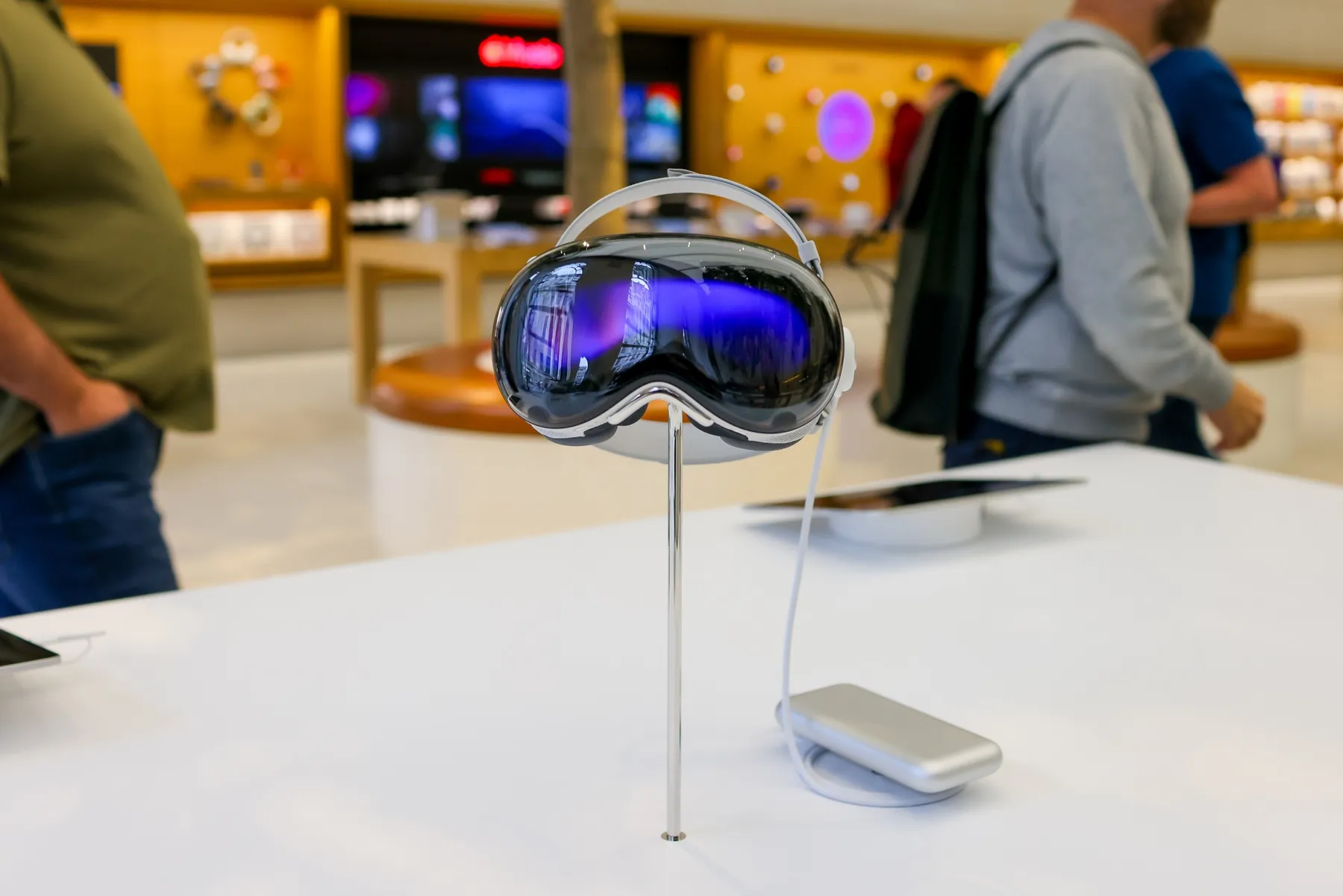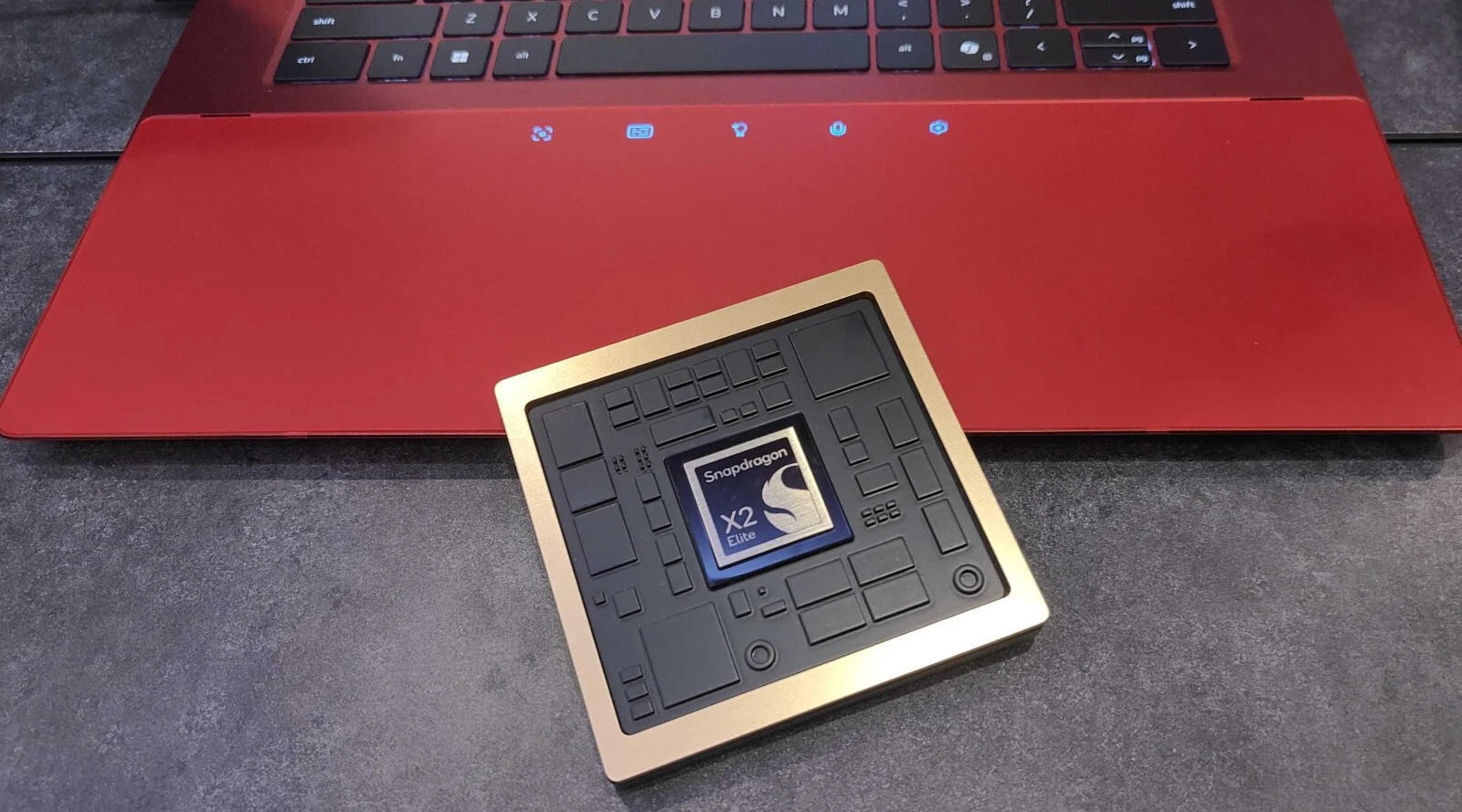The Hubble Space Telescope has been operating since 1990. What’s extremely amazing is that even after staying active for more than 23 years, it still possesses the ability to amaze both scientists and space aficionados. Here, it must also be noted that Hubble has operated as a joint project of the European Space Agency (ESA) and NASA.
One of the most recent discoveries made with the help of Hubble is that of 250 ancient dwarf galaxies.
According to researchers responsible for the discovery, those galaxies were formed only 600 to 900 million years after the famous Big Bang. However, for us, that’s a pretty long time. The researchers has used the term “only” as when measured on the scale of our universe’s life span, that period is just a pittance. NASA has noted that light emitted by those galaxies took more than 12 billion years to reach Hubble.
The research team handling this NASA project is saying that the newly spotted dwarf galaxies are interesting not only because they are old, but also as a result of being faint. Astronomer John Richard, who has worked on this project, said that the faintest galaxies spotted during these observations by Hubble are fainter than all galaxies discovered so far during the space telescope’s deepest observations.
Scientists are trying to gather more information about our universe’s early stages using data offered by the Hubble Space Telescope.
Let us go back to the time when the universe used to be filled with thick layers of hydrogen gas. Those gaseous layers used to prevent ultraviolet light to move around the universe. The fog started to clear, which marked the beginning of the era of reionization.
http://thehoopsnews.com/2015/10/25/9010/scientists-device-virtual-reality-tests-to-predict-alzheimers-long-before-it-is-diagnosed/
When the fog cleared completely, ultraviolet light could cover big distances. In the words of NASA, this event made the universe “transparent to ultraviolet light”. The researchers are saying that some of the tiniest galaxies spotted by them during the recent Hubble observations might be involved in the process of keeping our universe transparent.
This discovery allowed scientists to know that the era of reionization was over around 700 million years after Big Bang. The event marks one of the most fascinating points in our universe’s timeline.








Add Comment